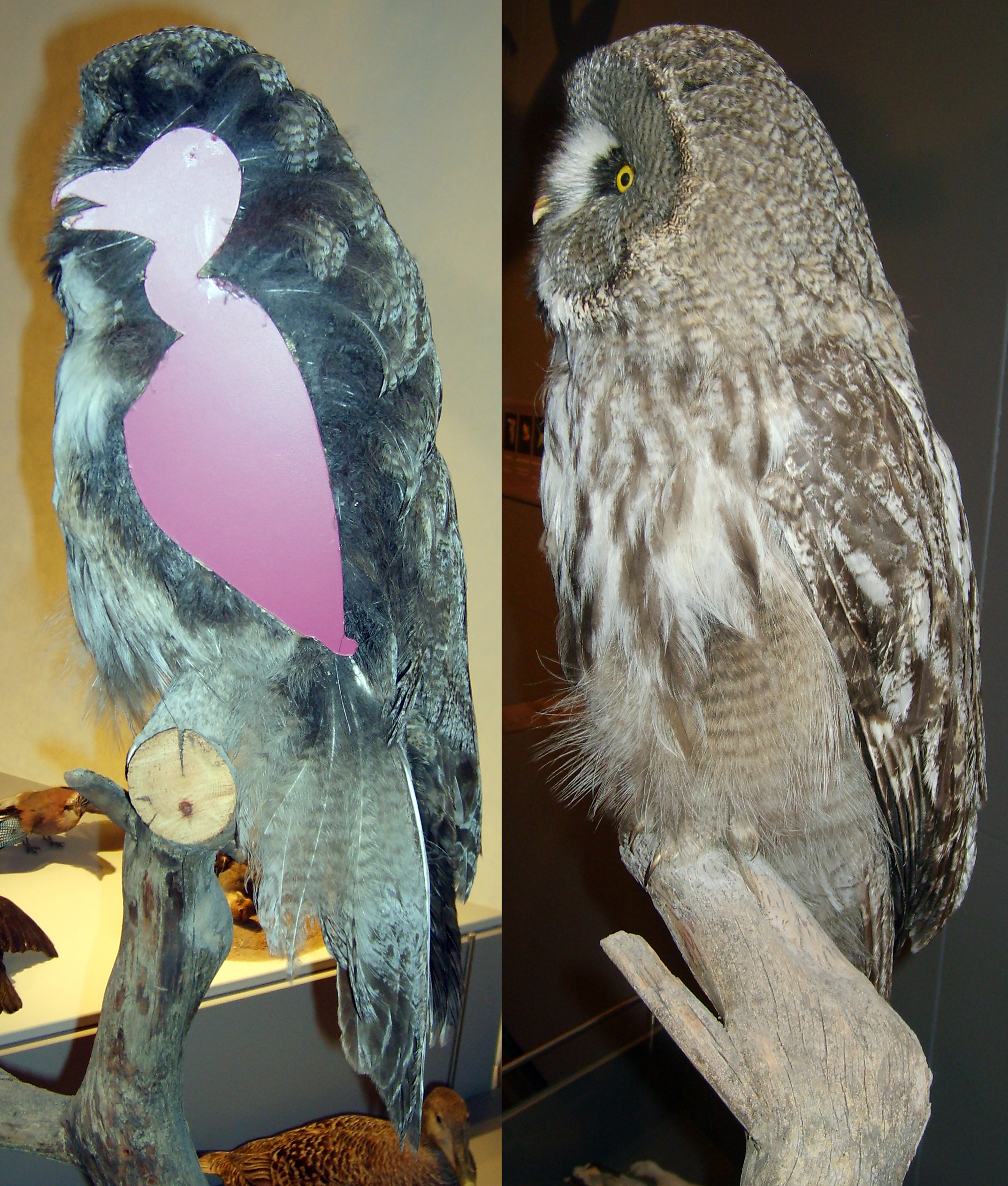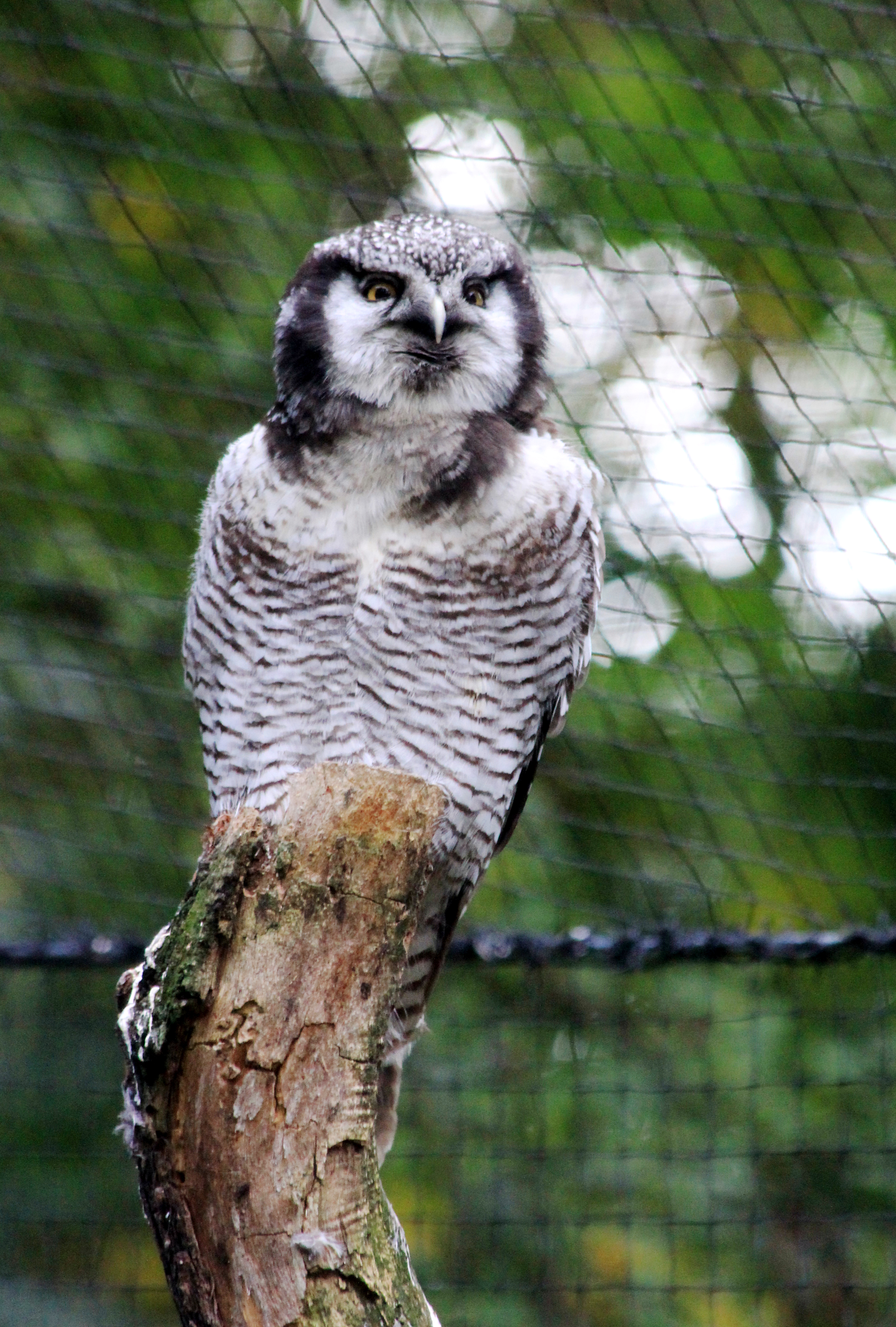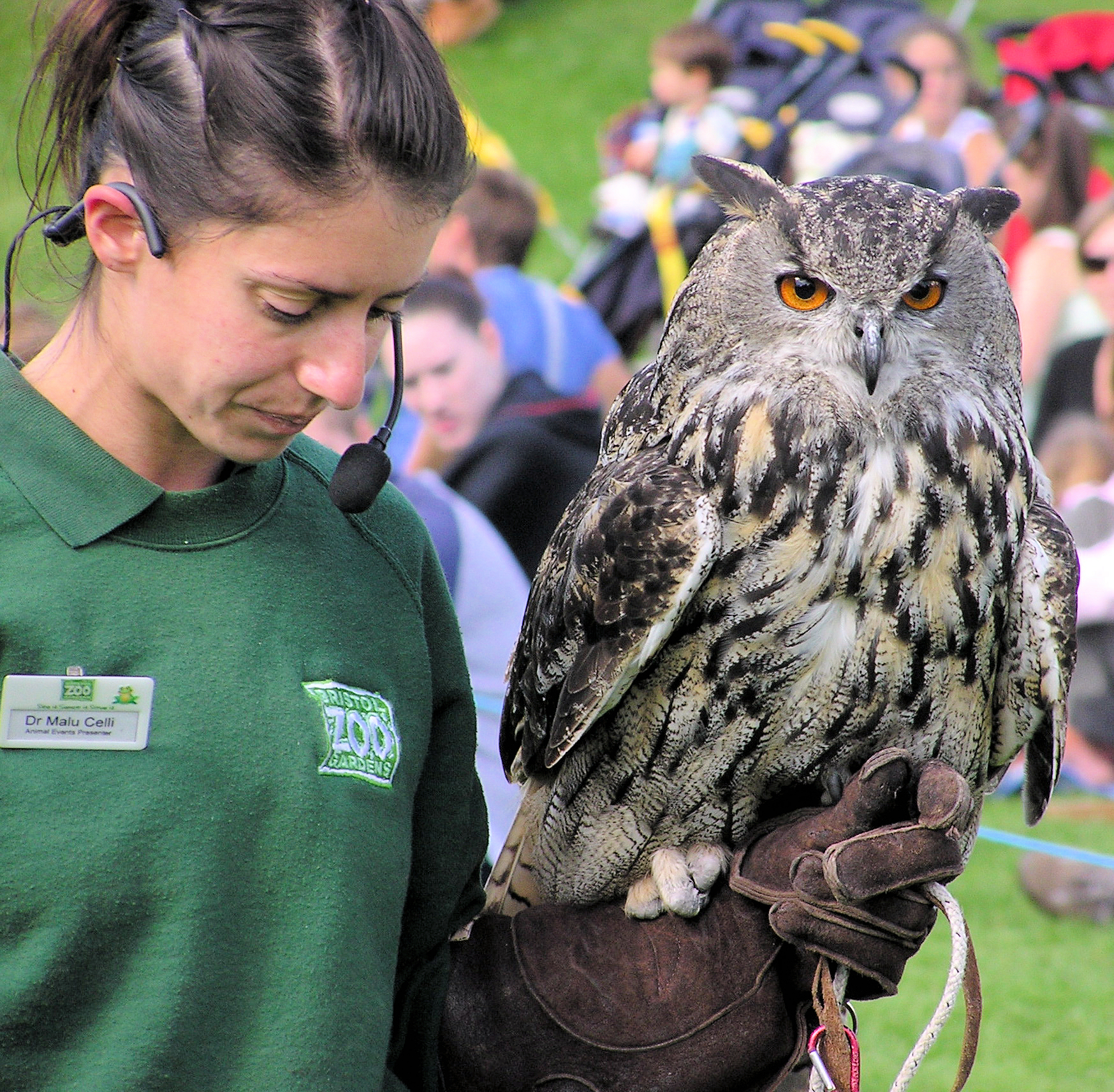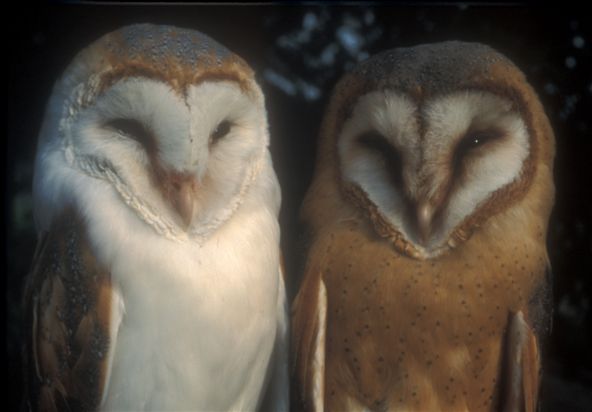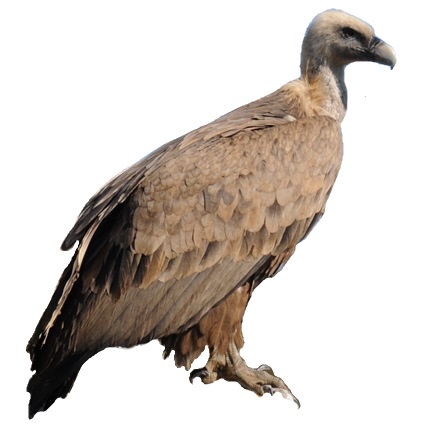|
Strigidae
The true owls or typical owls (family (biology), family Strigidae) are one of the two generally accepted families of owls, the other being the barn owls and bay owls (Tytonidae). This large family comprises 230 living or recently extinct species in 24 genus, genera. The Strigidae owls have a cosmopolitan distribution and are found on every continent except Antarctica. Morphology While typical owls (hereafter referred to simply as owls) vary greatly in size, with the smallest species, the elf owl, being a hundredth the size of the largest, the Eurasian eagle-owl and Blakiston's fish owl, owls generally share an extremely similar body plan.Marks, J. S.; Cannings, R.J. and Mikkola, H. (1999). "Family Strigidae (Typical Owls)". ''In'' del Hoyo, J.; Elliot, A. & Sargatal, J. (eds.) (1999). ''Handbook of the Birds of the World. Volume 5: Barn-Owls to Hummingbirds.'' Lynx Edicions. They tend to have large heads, short tails, cryptic plumage, and round facial discs around the eyes. Th ... [...More Info...] [...Related Items...] OR: [Wikipedia] [Google] [Baidu] |
Strix (bird)
''Strix'' is a genus of owls in the typical owl family (Strigidae), one of the two generally accepted living families of owls, with the other being Tytonidae. Common names are earless owls or wood owls, though they are not the only owls without ear tufts, and " wood owl" is also used as a more generic name for forest-dwelling owls. These are medium-sized to large, robustly built, powerful owls. They do not have ear tufts and most are highly nocturnal woodland birds. Most prey on small mammals, birds, and reptiles. Most owls in the genus ''Strix'' can be distinguished from other genera of owls through their hooting vocalization and lack of visible ears. The Latin genus name ''Strix'' referred to a mythical vampiric owl-monster believed to suck the blood of infants. Although the genus ''Strix'' was established for the earless owls by Linnaeus in 1758, many applied the term to other owls (namely the ''Tyto'') until the late 19th century.Mlíkovský, Jirí (2002)''Cenozoic Birds ... [...More Info...] [...Related Items...] OR: [Wikipedia] [Google] [Baidu] |
Northern Hawk-owl
The northern hawk-owl or northern hawk owl (''Surnia ulula'') is a medium-sized true owl of the northern latitudes. It is non-migratory and usually stays within its breeding range, though it sometimes irrupts southward. It is one of the few owls that is neither nocturnal nor crepuscular, being active only during the day. This is the Monotypic taxon, only living species in the genus ''Surnia'' of the family True owl, Strigidae, the "typical" owls (as opposed to Tytonidae, barn owls, Tytonidae). The species is sometimes called simply the hawk owl; however, many species of owls in the genus ''Ninox'' are also called "hawk owls". Taxonomy The northern hawk-owl was Species description, formally described by the Swedish naturalist Carl Linnaeus in 1758 in the 10th edition of Systema Naturae, tenth edition of his ''Systema Naturae'' under the binomial nomenclature, binomial name ''Strix ulula''. The owl is now the only species placed in the genus ''Surnia'' that was introduced in 1805 ... [...More Info...] [...Related Items...] OR: [Wikipedia] [Google] [Baidu] |
Eurasian Eagle-owl
The Eurasian eagle-owl (''Bubo bubo'') is a species of eagle-owl, a type of bird that resides in much of Eurasia. It is often just called the eagle-owl in Europe and Asia. It is one of the largest species of owl. Females can grow to a total length of , with a wingspan of . Males are slightly smaller.''Owls of the World: A Photographic Guide'' by Mikkola, H. Firefly Books (2012), This bird has distinctive ear tufts, with upper parts that are mottled with darker blackish colouring and tawny. The wings and tail are barred. The underparts are a variably hued buff, streaked with darker colouring. The facial disc is not very defined. The orange eyes are distinctive.Penteriani, V., & del Mar Delgado, M. (2019). ''The eagle owl''. Bloomsbury Publishing. At least 12 subspecies of the Eurasian eagle-owl are described. Eurasian eagle-owls are found in many habitats; mostly Mountain ecosystems, mountainous and Rock (geology), rocky areas, often near varied woodland edge and near shrubby a ... [...More Info...] [...Related Items...] OR: [Wikipedia] [Google] [Baidu] |
Pygmy Owl
Pygmy owls are members of the genus ''Glaucidium''. They belong to the typical owl family, Strigidae. The genus consists of 29 species distributed worldwide. These are mostly small owls, and some of the species are called "owlets". The genus includes nocturnal, diurnal, and crepuscular species. Birds in this genus mainly hunt large insects and other small prey. Taxonomy The genus ''Glaucidium'' was introduced in 1826 by the German zoologist Friedrich Boie. The type species was designated as the Eurasian pygmy owl by George Robert Gray in 1840. The genus name is from Ancient Greek ''glaukidion'' meaning "little owl" or "owlet". It is diminutive of ''glaux'' ''(γλαυξ)'' meaning "owl". A molecular phylogenetic study of the owls published in 2019 found that the widely distributed northern hawk-owl (''Surnia ulula'') is sister to the genus ''Glaucidium''. Species The genus contains 29 living species: * Eurasian pygmy owl (''Glaucidium passerinum'') * Pearl-spotted owlet ('' ... [...More Info...] [...Related Items...] OR: [Wikipedia] [Google] [Baidu] |
Tytonidae
The bird family Tytonidae, which includes the barn owls ''Tyto'' and the bay owls ''Phodilus'', is one of the two Family (biology), families of owls, the other being the true owls or typical owls, True owl, Strigidae. They are medium to large owls with large heads and characteristic heart-shaped faces. They have long, strong legs with powerful Talon (anatomy), talons. They also differ from the Strigidae in structural details relating in particular to the sternum and feet.Bruce, M. D. (1999): Family Tytonidae (Barn-owls). ''In:'' del Hoyo, J.; Elliott, A. & Sargatal, J. (eds): ''Handbook of Birds of the World Volume 5: Barn-owls to Hummingbirds'': 34-75, plates 1-3. Lynx Edicions, Barcelona. The family is wide-ranging, although they are not very tolerant of severe winter cold, so are absent from northern areas of Europe, Asia, and North America; they are also absent from driest desert regions. They live in a wide range of habitats from desert, semi-deserts to forests, and from tem ... [...More Info...] [...Related Items...] OR: [Wikipedia] [Google] [Baidu] |
Plumage
Plumage () is a layer of feathers that covers a bird and the pattern, colour, and arrangement of those feathers. The pattern and colours of plumage differ between species and subspecies and may vary with age classes. Within species, there can be different colour morph (zoology), morphs. The placement of feathers on a bird is not haphazard but rather emerges in organized, overlapping rows and groups, and these are known by standardized names. Most birds moult twice a year, resulting in a breeding or ''nuptial plumage'' and a ''basic plumage''. Many ducks and some other species such as the red junglefowl have males wearing a bright nuptial plumage while breeding and a drab ''eclipse plumage'' for some months afterward. The painted bunting's juveniles have two inserted moults in their first autumn, each yielding plumage like an adult female. The first starts a few days after fledging replacing the ''juvenile plumage'' with an ''auxiliary formative plumage''; the second a month o ... [...More Info...] [...Related Items...] OR: [Wikipedia] [Google] [Baidu] |
Elf Owl
The elf owl (''Micrathene whitneyi'') is a small grayish-brown owl about the size of a sparrow found in the Southwestern United States, central Mexico, and the Baja California peninsula. It has pale yellow eyes highlighted by thin white "eyebrows" and a gray bill with a horn-colored tip. The elf owl frequently inhabits woodpecker holes in saguaro cacti; it also nests in natural tree cavities. It is nocturnal and feeds primarily on insects. Taxonomy The elf owl was formally described in 1861 by the American naturalist James Graham Cooper from a specimen collected near Fort Mohave in Arizona. He coined the binomial name ''Athene whitneyi'', choosing the specific epithet to honour the geologist Josiah Whitney. The owl is now the only species placed in the genus ''Micrathene'' that was introduced in 1866 specifically for the elf owl by American ornithologist Elliott Coues. The genus name combines the Ancient Greek ''mikros'' meaning "small" and the genus name '' Athene'' that ... [...More Info...] [...Related Items...] OR: [Wikipedia] [Google] [Baidu] |
Bird Of Prey
Birds of prey or predatory birds, also known as (although not the same as) raptors, are hypercarnivorous bird species that actively predation, hunt and feed on other vertebrates (mainly mammals, reptiles and smaller birds). In addition to speed and strength, these predators have bird vision, keen eyesight for detecting prey from a distance or during flight, strong feet with sharp talon (anatomy), talons for grasping or killing prey, and powerful, curved beaks for tearing off flesh. Although predatory birds primarily hunt live prey, many species (such as fish eagles, vultures and condors) also scavenge and eat carrion. Although the term "bird of prey" could theoretically be taken to include all birds that actively hunt and eat other animals, ornithologists typically use the narrower definition followed in this page, excluding many piscivorous predators such as storks, Crane (bird), cranes, herons, gulls, skuas, penguins, and kingfishers, as well as many primarily insectivorous bir ... [...More Info...] [...Related Items...] OR: [Wikipedia] [Google] [Baidu] |
Blakiston's Fish Owl
Blakiston's fish owl (''Ketupa blakistoni''), the largest living species of owl, is a fish owl, a sub-group of eagle-owls that specialize in hunting in riparian areas. It is native to China, Japan, and the Russian Far East. This species is a part of the family known as typical owls (Strigidae), which contains most species of owl. Blakiston's fish owl and three other piscivorous owls are placed with some eagle-owls in the genus ''Ketupa''. Its habitat is riparian forest with large, old trees for nest sites near lakes, rivers, springs, and shoals that do not freeze in winter. Henry Seebohm named this bird after the English naturalist Thomas Blakiston, who collected the original specimen in Hakodate on Hokkaidō, Japan in 1883. Taxonomy Blakiston's fish owl was formally described in 1884 by the English amateur ornithologist Henry Seebohm from a specimen collected near Hakodate on the island of Hokkaido in Japan. He placed the owl in the genus ''Bubo'' and coined the binomial n ... [...More Info...] [...Related Items...] OR: [Wikipedia] [Google] [Baidu] |
Handbook Of The Birds Of The World
The ''Handbook of the Birds of the World'' (HBW) is a multi-volume series produced by the Spanish publishing house Lynx Edicions in partnership with BirdLife International. It is the first handbook to cover every known living species of bird. The series was edited by Josep del Hoyo, Andrew Elliott, Jordi Sargatal and David A. Christie. All 16 volumes have been published. For the first time an animal class will have all the species illustrated and treated in detail in a single work. This has not been done before for any other group in the animal kingdom. Material in each volume is grouped first by family, with an introductory article on each family; this is followed by individual species accounts (taxonomy, subspecies and distribution, descriptive notes, habitat, food and feeding, breeding, movements, status and conservation, bibliography). In addition, all volumes except the first and second contain an essay on a particular ornithological theme. More than 200 renowned sp ... [...More Info...] [...Related Items...] OR: [Wikipedia] [Google] [Baidu] |
Facial Disc
In ornithology, the facial disc is the concave collection of feathers on the face of some birds—most notably owls—surrounding the eyes. The concavity of the facial disc forms a circular paraboloid that collects sound waves and directs those waves towards the owl's ears. The feathers making up this disc can be adjusted by the bird to alter the focal length of this sound collector, enabling the bird to focus at different distances and allowing it to locate prey by sound alone under snow, grass, and plant cover. Other bird species, such as harriers, have less prominent facial discs. In harriers, the related term facial ruff refers to feathers around the neck that are raised in response to noise, essentially enlarging the facial disc and improving hearing. The barn owl has the most visually prominent facial disc, measuring about 110 mm (Simmons), while the great grey owl has the largest disc of any bird. Due to shared inner ear anatomy with barn owls, it is theorized tha ... [...More Info...] [...Related Items...] OR: [Wikipedia] [Google] [Baidu] |
Camouflage
Camouflage is the use of any combination of materials, coloration, or illumination for concealment, either by making animals or objects hard to see, or by disguising them as something else. Examples include the leopard's spotted coat, the battledress of a modern soldier, and the leaf-mimic katydid's wings. A third approach, motion dazzle, confuses the observer with a conspicuous pattern, making the object visible but momentarily harder to locate. The majority of camouflage methods aim for crypsis, often through a general resemblance to the background, high contrast disruptive coloration, eliminating shadow, and countershading. In the open ocean, where there is no background, the principal methods of camouflage are transparency, silvering, and countershading, while the bioluminescence, ability to produce light is among other things used for counter-illumination on the undersides of cephalopods such as squid. Some animals, such as chameleons and octopuses, are capable of Active ... [...More Info...] [...Related Items...] OR: [Wikipedia] [Google] [Baidu] |
